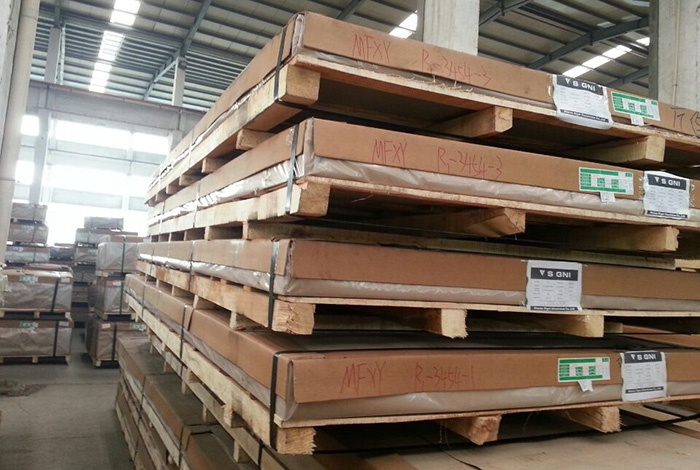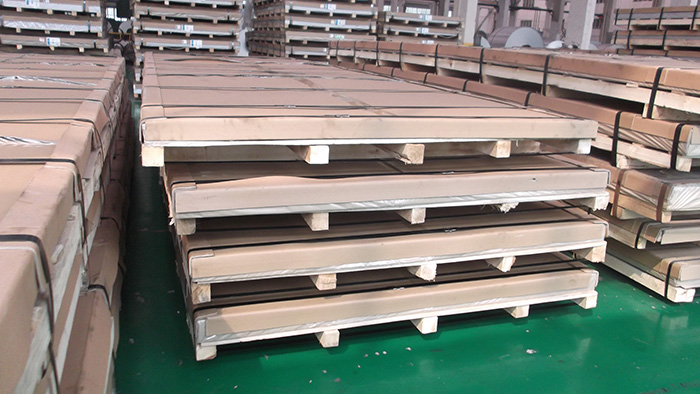3003 Aluminum Plate Sheet
3003 Aluminum Plate
Sheet
Aluminum alloy 3003 plate sheet is a medium strength alloy with very good resistance to atmospheric corrosion and very good weldability as well as good cold formability. It has better mechanical properties, especially at elevated temperatures than the 1000 series alloys.
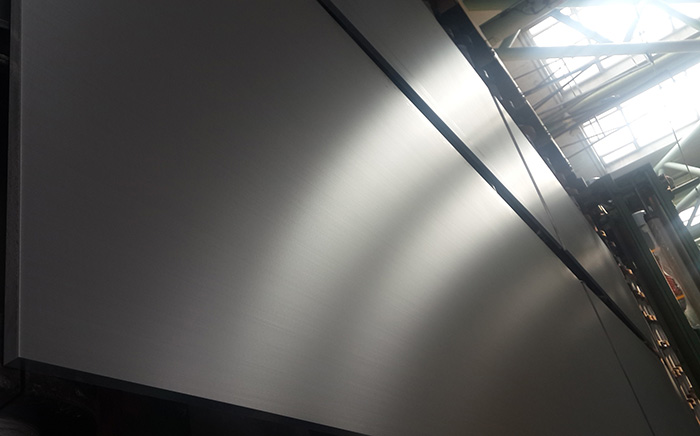
Aluminum alloy 3003 plate sheet is a medium strength alloy with very good resistance to atmospheric corrosion and very good weldability as well as good cold formability. It has better mechanical properties, especially at elevated temperatures than the 1000 series alloys.

Aluminum alloy
3003 plate sheet is a non-heat-treatable 1.2% manganese, 0.12% copper alloy
commonly available in flat rolled coil, sheet and plate from a wide range of
producing mills. It is one of the most commonly used of all aluminium alloys,
essentially commercially pure aluminium with the addition of manganese to
increase its strength about 20%. It has all the excellent properties of alloy
1100; excellent corrosion resistance plus the ability to be easily drawn or
spun, welded or brazed. Alloy 3003 is fairly low strength but it
can be hardened to a HWALUficant degree by cold working, enabling a series
of“H” tempers.
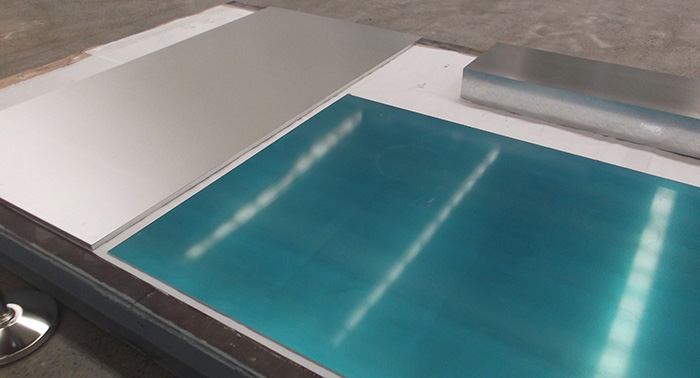

Aluminum alloy
3003 plate sheet is also produced as a bright finish tread plate (also known as
checkered plate) with industrial and decorative applications. Aluminum tread
plate in alloy 3003 is typically used in decorative architectural applications,
due to its bright reflective finish. It is usually produced in a
“1-bar” or “ 5 bars” tread pattern. Alloy
3003 tread plate is available
on indent from Atlas.
Aluminum alloy
3003 plate sheet is also available as an “Alclad” product with one
or both sides clad in Alloy 7072;
Corrosion Resistance.
Excellent in a wide range of atmospheric environments, in food and architectural
applications.
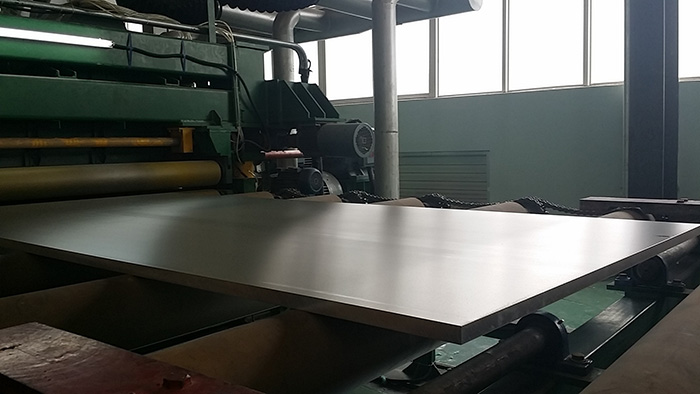

Heat
Treatment
Alloy 3003 is not hardenable
by heat treatment. It can be HWALUficantly hardened by cold work (eg by cold
rolling) and various “H” tempers are produced – most commonly
H12 (¼ Hard) and H14 (½ Hard) – as well as the soft annealed
Temper O condition.
Alloy 3003 is usually
supplied in H1x tempers, where the product is strain hardened only; there is no
stabilisation treatment as is usual for the 5xxx series alloys.
To soften Alloy 3003 it can
be annealed by heating to 415°C, hold until uniform temperature then cool;
the rate of cooling is not important.
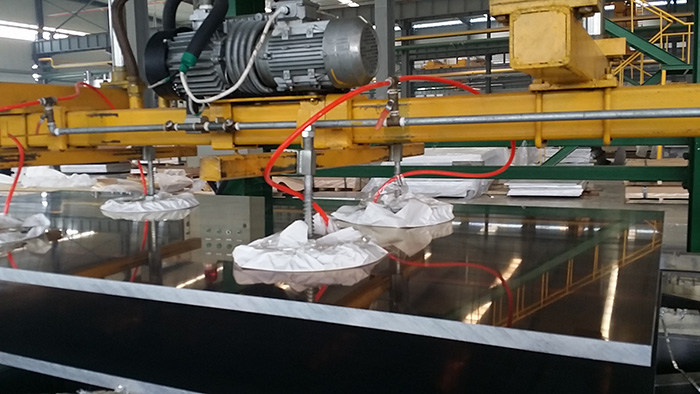
Welding
Excellent weldability by all
standard methods; gas, electric and resistance welding. GMAW and GTAW are
preferred and widely used to produce structural welds. Filler alloys are usually
1100 although other alloys are possible. Welding of strain hardened tempers will
reduce strengths in the heat affected
zones.
Machining
Machinability of the softer
tempers O and H12 is poor, with the harder tempers such as H14
and above being somewhat
easier to machine.
Applications: -
Alloy 3003 plate sheet is typically used for:
Building industry
: roofing and sidings, acoustic ceilings,corrugated
sheets
Chemical and food
industries : storage tanks, pipes, metal work
Equipment for heating
and cooling : heat ex-changers, air condition evaporators,
motor vehicle radiators,
freezer linings
Home appliances
: cooking utensils, bakery moulds Office
equipment
Typical
Applications
cooking utensils, decorative
trim, awnings, siding, storage tanks, chemical equipment.
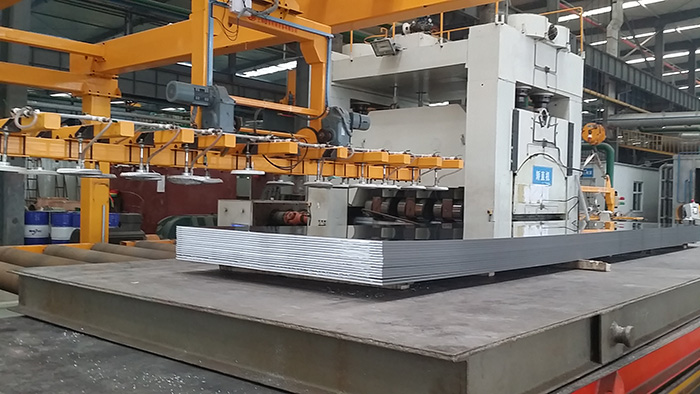

Alloy:
3003
Temper: O, H111, H112,
H12,H14, H16, H18, H22, H24, H26
Thickness:
0.2mm--200mm
With:
500mm--2000mm
Length:
1000mm--12000mm
Surface: Mill finish,
Bright finish, paper interleaved, one side film, both sides film.
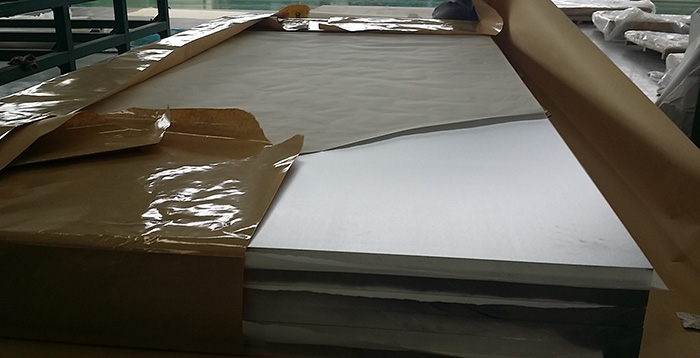
Chemical Properties
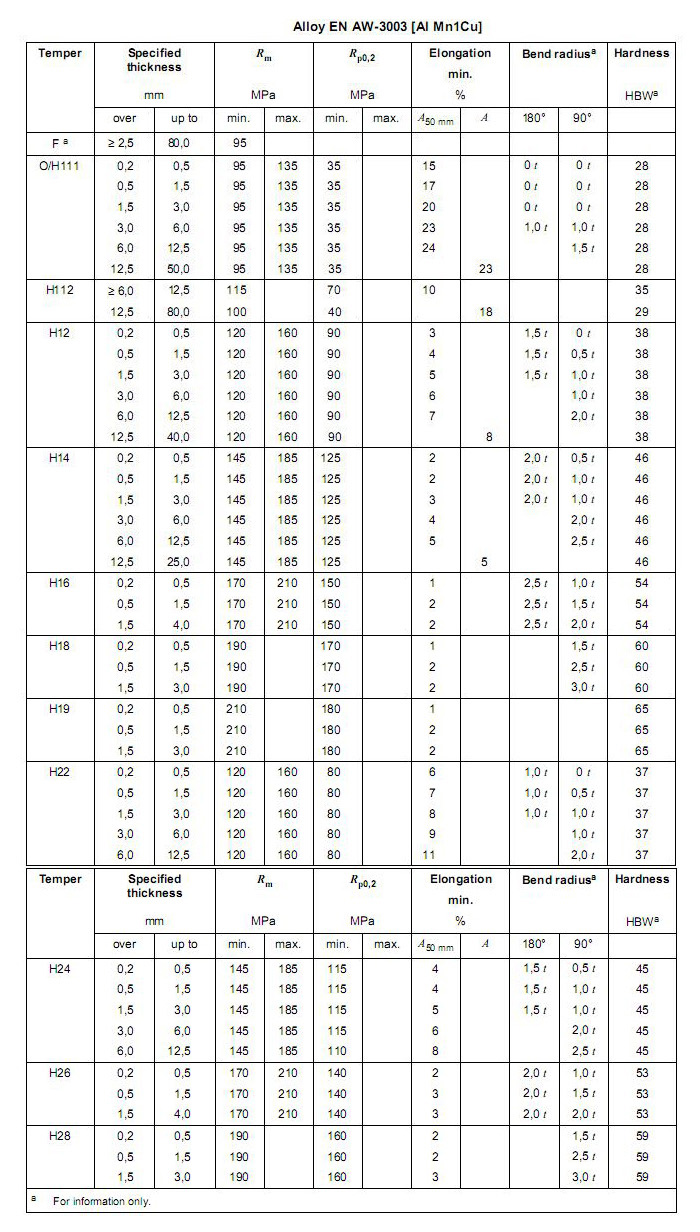

Chemical Properties
| Alloy | Si | Fe | Cu | Mn | Mg | Cr | Ni | Zn | Ti | Ga | V | Others |
Aluminium min. |
|
| Each | Total | |||||||||||||
| 3003 | 0.6 | 0.7 | 0.05-0.2 | 1.0-1.5 | - | - | - | 0.10 | - | - | - | 0.05 | 0.15 | Remainder |

